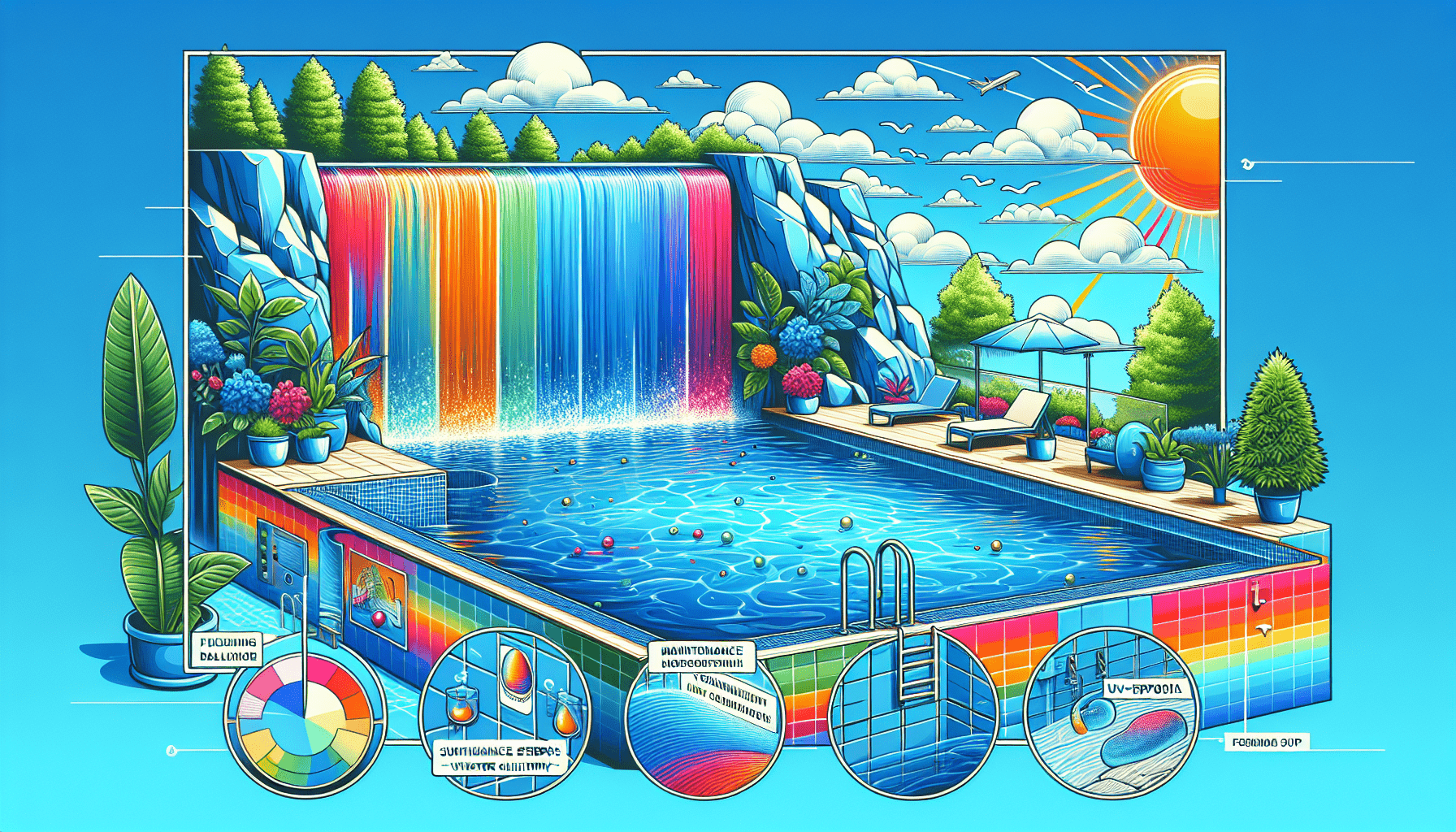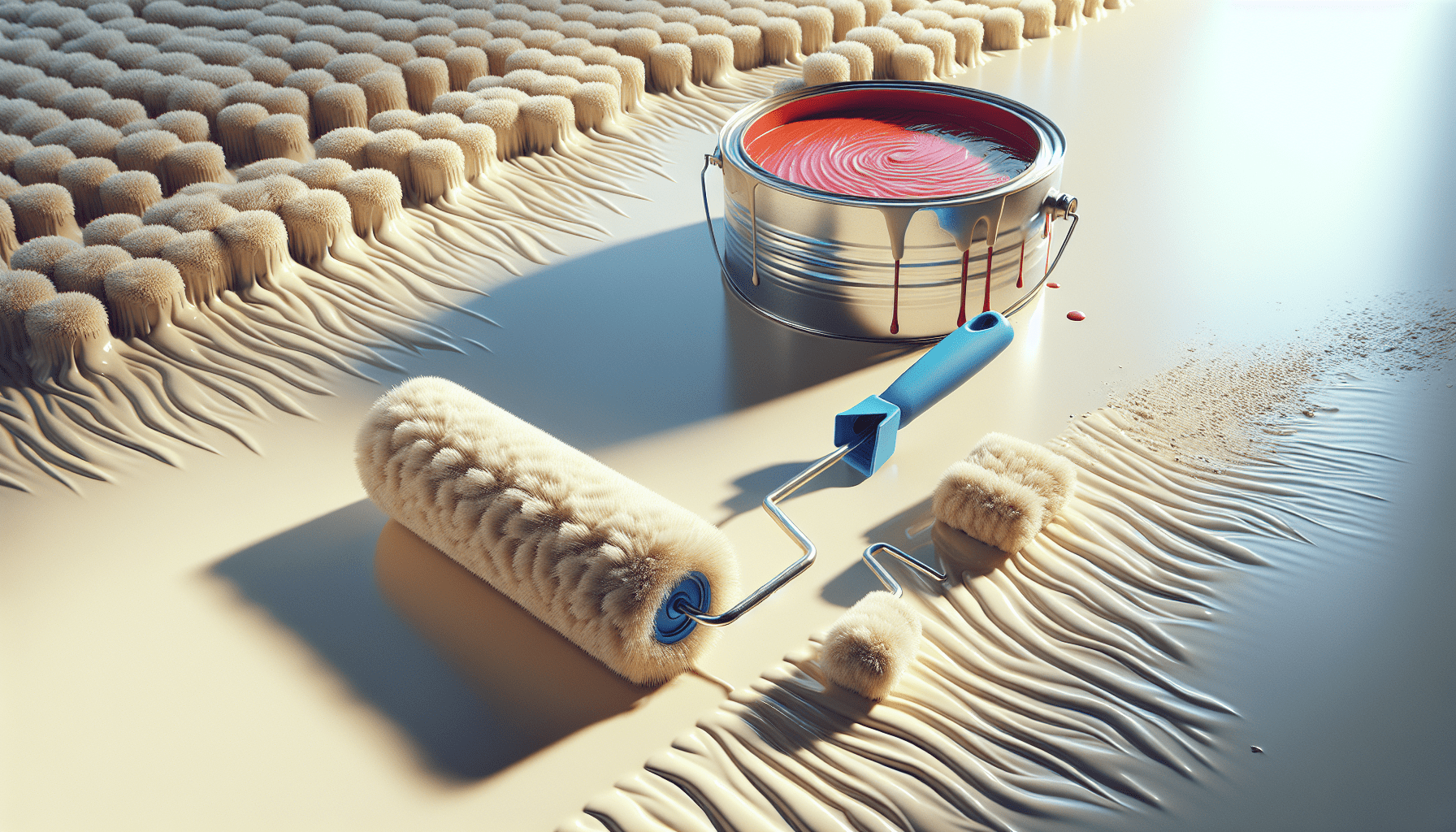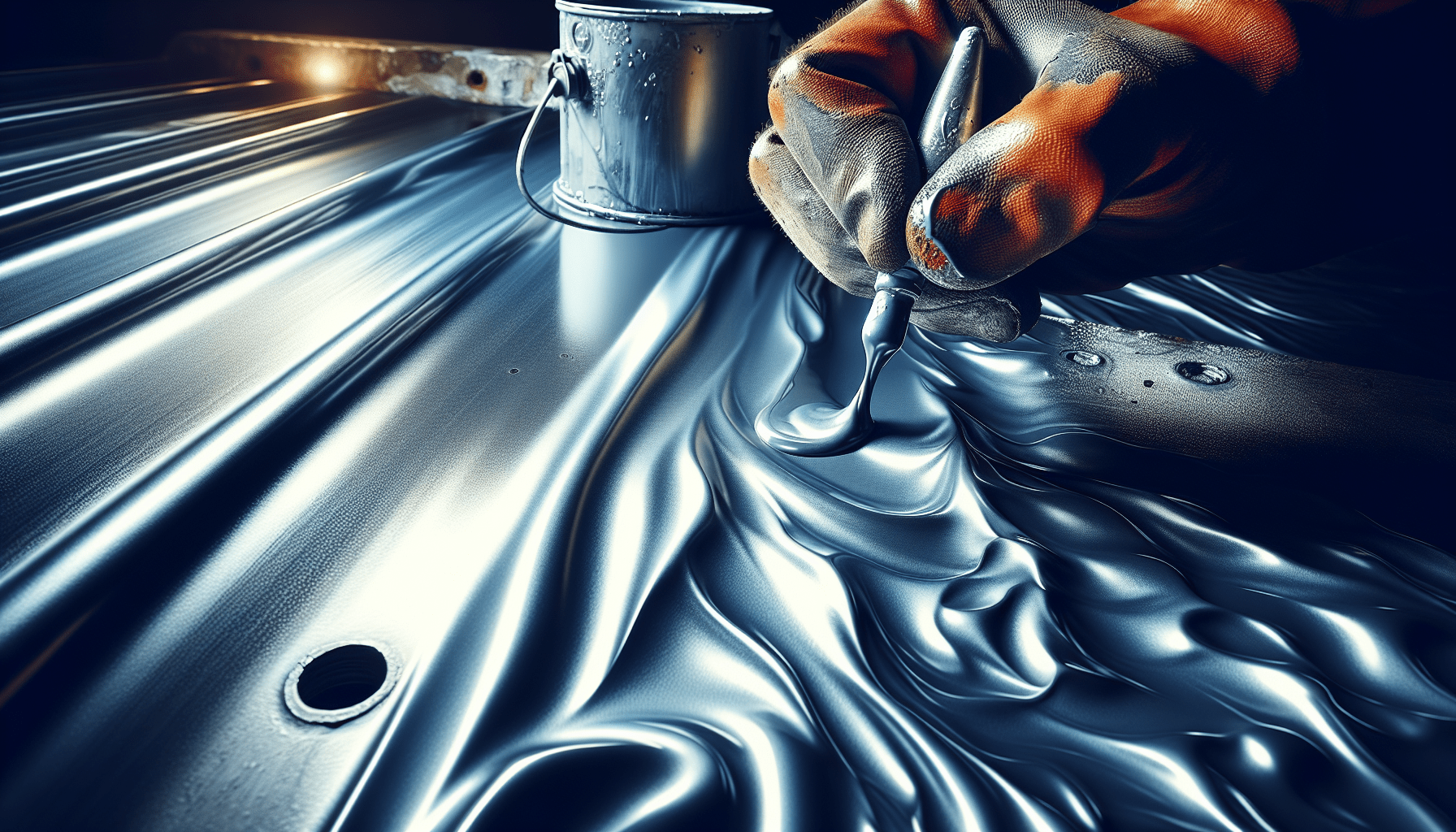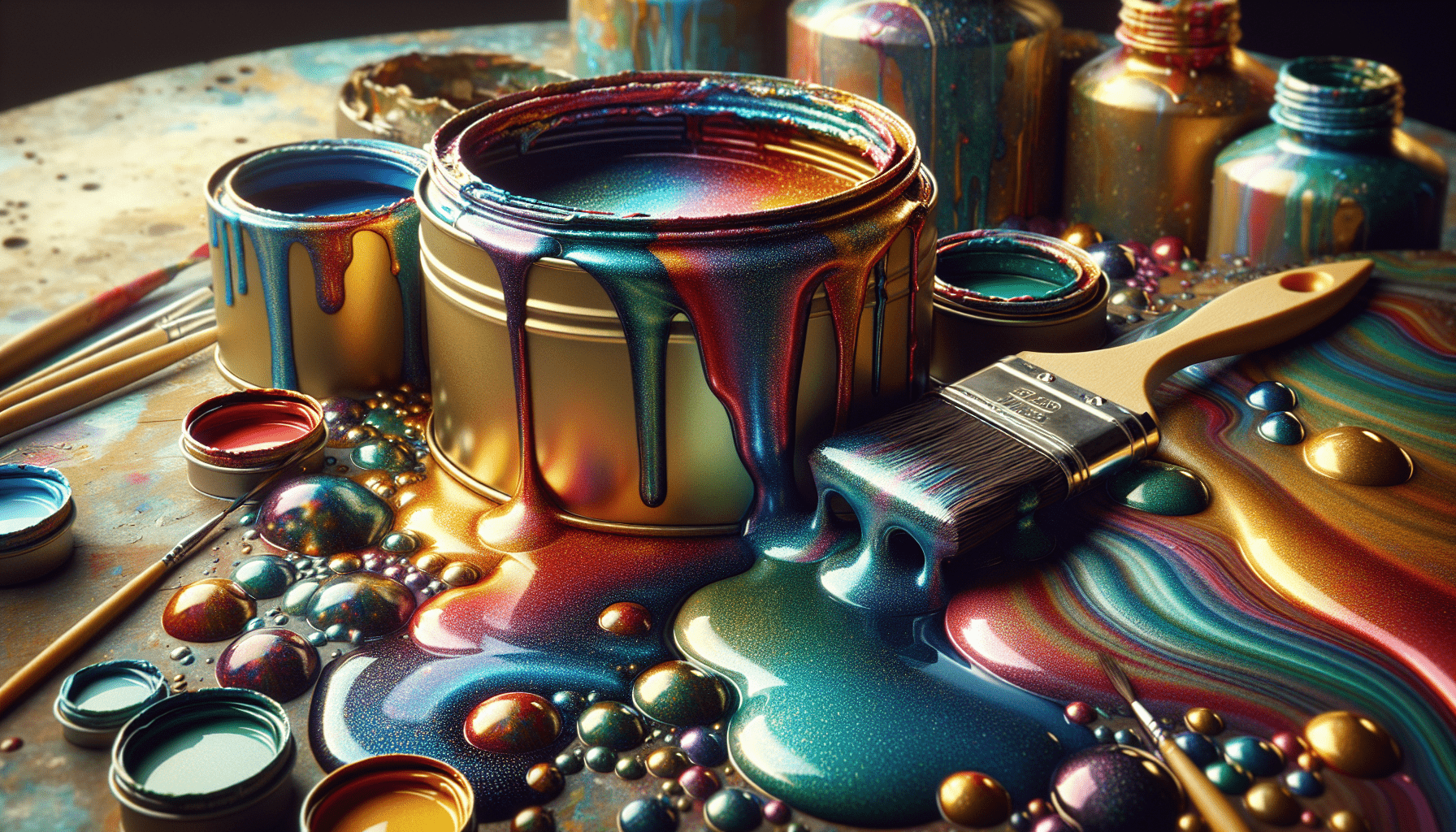“How long does epoxy pool paint last?” This is a crucial question that every pool owner must ask themselves when considering the maintenance and longevity of their swimming pool. From protecting the pool surface to providing aesthetic appeal, epoxy pool paint serves as a vital investment. In this article, we will explore the factors that influence the lifespan of epoxy pool paint, including proper application techniques, water chemistry maintenance, environmental conditions, and regular maintenance routines. Discover how to maximize the lifespan of your epoxy pool paint and ensure a beautiful and durable swimming pool for years to come.
Factors that Affect the Lifespan of Epoxy Pool Paint
Pool owners often wonder about the longevity of epoxy pool paint and what factors can affect its lifespan. Understanding these factors is crucial for making informed decisions when it comes to paint selection and maintenance. Several key factors influence the durability and longevity of epoxy pool paint, including the quality of the paint itself, surface preparation, environmental conditions, frequency of use, and chemical exposure.
Quality of the Paint
The quality of the epoxy pool paint is a fundamental factor that impacts its lifespan. High-quality epoxy paints are formulated with superior ingredients and advanced technologies that enhance their durability and resistance to wear and tear. On the other hand, low-quality epoxy paints may not offer the same level of longevity and may require more frequent touch-ups or recoating.
High-Quality vs. Low-Quality Epoxy Pool Paint
Investing in high-quality epoxy pool paint is undoubtedly a wise choice for those seeking durability and longevity. High-quality paints are designed specifically for pool environments, with strong adhesion and resistance to fading, chalking, and chemical exposure. These paints also tend to have a longer lifespan, effectively reducing the need for frequent repainting or repairs.
Benefits of Using High-Quality Paint
Using high-quality epoxy pool paint brings several benefits to pool owners. Firstly, it ensures a more durable and long-lasting finish, reducing the need for frequent repainting and increasing cost-effectiveness in the long run. Secondly, high-quality paints provide added protection against harsh swimming pool conditions, such as chemical exposure and UV radiation. Lastly, they are often easier to clean and maintain, making them a popular choice for pool owners looking for convenience and aesthetics.
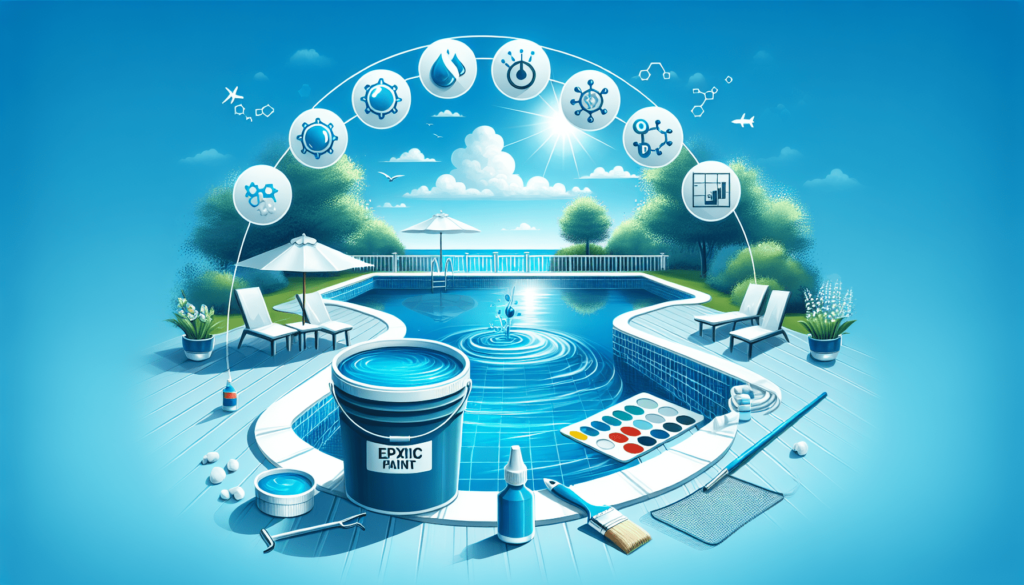
Surface Preparation
Proper surface preparation is another vital factor that significantly affects the lifespan of epoxy pool paint. Inadequate preparation can lead to poor adhesion, uneven coverage, and premature paint failure. Taking the time to prepare the pool’s surface adequately before applying epoxy pool paint is crucial for achieving optimal results and extending its lifespan.
Importance of Proper Surface Preparation
Proper surface preparation ensures that the epoxy pool paint adheres firmly to the pool’s substrate, creating a strong and long-lasting bond. This step involves cleaning the surface thoroughly, removing any dirt, debris, or previous coatings. It may also require repairing any cracks or imperfections on the pool’s surface to achieve a smooth and even finish. By investing time and effort into surface preparation, pool owners can maximize the durability and lifespan of their epoxy pool paint.
Steps for Effective Surface Preparation
To achieve effective surface preparation, follow these steps:
- Drain the pool or lower the water level below the area that requires painting.
- Thoroughly clean the surface by scrubbing with a pool brush and using a suitable cleaner to remove any oil, grease, or stains.
- Rinse the surface thoroughly to remove any remaining cleaning solution or residue.
- Repair any cracks or imperfections using an appropriate pool patching compound. Smooth out the repaired areas for an even surface.
- Etch the surface with a mild acid solution or use a mechanical method like sanding to promote better adhesion.
- Clean the surface again to remove any dust or debris created during the etching or sanding process.
- Allow the surface to dry completely before proceeding with the application of epoxy pool paint.
Environmental Conditions
The environmental conditions surrounding the pool area can have a considerable impact on the lifespan of epoxy pool paint. Factors such as sunlight exposure, UV radiation, and temperature fluctuations can cause the paint to deteriorate over time if proper precautions are not taken.
Impact of Sunlight and UV Exposure
Extended exposure to sunlight and UV radiation can degrade the epoxy pool paint, leading to color fading, chalking, and even surface deterioration. To mitigate this, selecting an epoxy pool paint that features UV protection is essential. UV-resistant paints are formulated to withstand the damaging effects of UV radiation and offer enhanced durability and color retention, thereby extending the lifespan of the paint.
Effects of Temperature Fluctuations
Temperature fluctuations, particularly in regions with extreme climates, can also impact the longevity of epoxy pool paint. Frequent shifts between hot and cold temperatures may cause the paint to expand and contract, leading to cracks and other forms of damage. To address this, it is crucial to choose an epoxy pool paint that is specifically designed to withstand temperature fluctuations. Additionally, maintaining proper water chemistry and regular inspections can help identify any paint damage caused by temperature changes promptly.
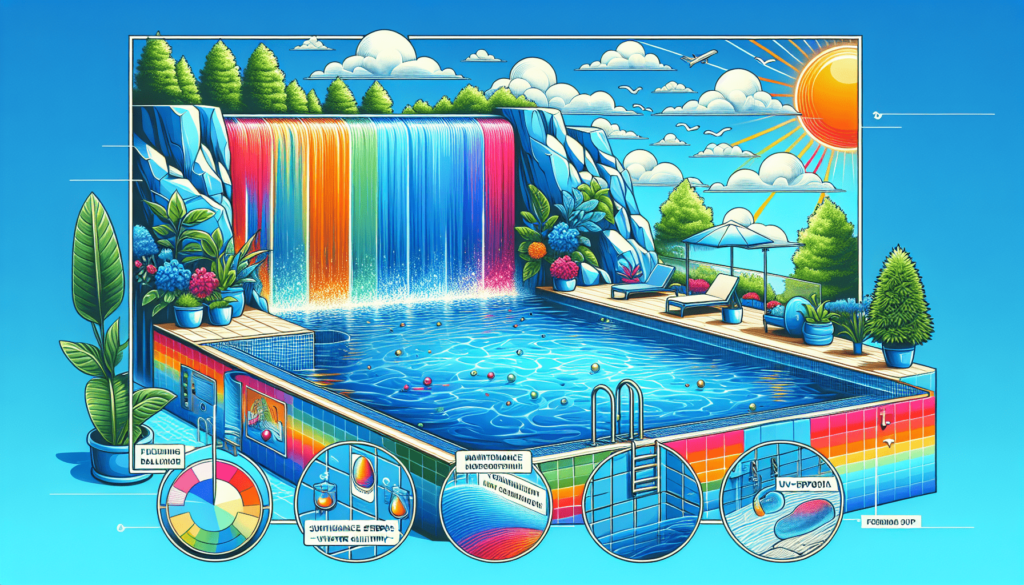
Frequency of Use
The frequency of pool usage plays a significant role in determining the lifespan of epoxy pool paint. Pools that are frequently used can experience more wear and tear due to increased foot traffic, water movement, and exposure to pool chemicals. Understanding the impact of usage frequency is crucial for managing expectations regarding paint durability and planning for necessary maintenance.
Regular vs. Infrequent Use
A pool that is regularly used by a large number of people will inevitably experience more strain on the epoxy paint compared to a pool with infrequent use. This strain exposes the paint to greater wear and tear, potentially shortening its lifespan. In contrast, a pool that sees less frequent use will typically have a more extended paint lifespan due to decreased exposure to factors that can affect paint durability.
How Frequency of Use Impacts Paint Durability
The frequency of pool usage affects paint durability in several ways. Heavy foot traffic can cause physical damage to the paint, such as scratches or scrapes. Additionally, frequent water movement and turbulence created by swimmers can contribute to the wear and tear of the epoxy pool paint. By considering the frequency of use, pool owners can adjust their maintenance and touch-up schedule accordingly to ensure the paint’s longevity.
Chemical Exposure
Chemical exposure is another crucial factor that can significantly impact the lifespan of epoxy pool paint. Pools require the use of various chemicals to maintain proper water balance and sanitation. It is essential to choose pool chemicals that are compatible with epoxy paint to minimize any adverse effects that may shorten the paint’s lifespan.
Effect of Pool Chemicals on Epoxy Pool Paint
Certain pool chemicals, if used in excessive amounts or incompatibly with epoxy pool paint, can cause damage over time. Chemicals such as chlorine, bromine, and shocks that are part of regular pool maintenance may lead to color fading, chalking, or other forms of paint degradation. It is crucial to follow manufacturer guidelines and recommendations when using pool chemicals to prolong the lifespan of epoxy pool paint.
Choosing Chemicals Compatible with Epoxy Paint
To minimize any potential damage caused by pool chemicals, choose chemicals that are specifically labeled as epoxy-friendly or compatible with epoxy pool paint. These chemicals are formulated to be gentle on the paint’s surface while still providing effective sanitization and water balance. By using compatible chemicals, pool owners can help maintain the paint’s lifespan and appearance over an extended period.
Average Lifespan of Epoxy Pool Paint
The average lifespan of epoxy pool paint can vary based on multiple factors, including the ones mentioned above. Nevertheless, understanding the typical lifespan range can provide pool owners with a general idea of how long they can expect their paint to last.
Typical Lifespan Range
Under optimal conditions, high-quality epoxy pool paint can last anywhere from five to seven years before requiring touch-ups or a complete recoating. However, it is important to note that this lifespan range can change depending on factors such as surface preparation, environmental conditions, frequency of use, and chemical exposure. Regular inspections and proper maintenance can help extend the paint’s lifespan within this range.
Factors that Can Extend or Reduce Paint Lifespan
Several factors can either extend or reduce the lifespan of epoxy pool paint. Implementing effective surface preparation, using high-quality paint, and choosing chemicals compatible with epoxy paint can all contribute to an increased lifespan. Conversely, inadequate surface preparation, low-quality paint, harsh environmental conditions, heavy pool usage, and incompatible chemicals can shorten the paint’s lifespan.
Signs of Deterioration
Over time, epoxy pool paint may show signs of deterioration, indicating that touch-ups or a complete recoating may be necessary. It is essential for pool owners to recognize these signs to address any issues promptly and restore the paint’s appearance and durability.
Physical Appearance Changes
Deteriorating epoxy pool paint may exhibit physical appearance changes, such as discoloration, uneven fading, or loss of shine. These changes can be an indication of paint degradation due to prolonged exposure to sunlight or improper chemical balance.
Loss of Adhesion
If the epoxy pool paint starts to lose adhesion to the pool’s substrate, it can result in peeling or flaking. Loss of adhesion is often caused by poor surface preparation or incompatible chemicals, and it is crucial to address this issue promptly to prevent further paint damage.
Chalking or Fading
Chalking is the formation of a powdery residue on the paint’s surface, while fading refers to the loss of color intensity over time. Both chalking and fading can occur due to prolonged exposure to UV radiation or the use of incompatible chemicals. Regular maintenance and touch-ups can help mitigate these issues and prolong the paint’s lifespan.
Bubbling or Blistering
Bubbling or blistering of the epoxy pool paint indicates the presence of air or water trapped beneath the paint film. This can be caused by improper surface preparation or moisture-related issues. Pool owners should address these problems promptly as they can lead to further paint deterioration if left unattended.
Extending the Lifespan of Epoxy Pool Paint
While epoxy pool paint does have a limited lifespan, there are several measures that pool owners can take to extend its durability and overall lifespan. By implementing regular cleaning and maintenance routines, maintaining proper water chemistry, avoiding abrasive cleaning methods, and conducting regular inspections and touch-ups, pool owners can significantly enhance the longevity of their epoxy pool paint.
Regular Cleaning and Maintenance
Regular cleaning and maintenance help prevent the buildup of dirt, debris, and stains that can deteriorate the paint’s appearance and quality over time. Pool owners should establish a cleaning routine that includes brushing the pool’s surface, skimming for debris, and vacuuming as needed. Additionally, periodic cleaning with a mild detergent and warm water can help remove any oil or grease residue.
Proper Water Chemistry
Maintaining proper water chemistry is crucial for preserving the integrity of epoxy pool paint. Regularly testing and balancing the pH, alkalinity, and sanitizer levels ensures that the water remains within the optimal range. Proper water chemistry helps prevent any chemical imbalances that may damage the paint or compromise its longevity.
Avoiding Abrasive Cleaning Methods
Using abrasive cleaning methods, such as abrasive brushes or harsh scouring pads, can scratch or damage the epoxy pool paint. It is essential to use gentle cleaning tools and techniques to preserve the paint’s finish. Soft pool brushes or non-abrasive sponges are ideal for regular cleaning without causing any harm to the paint’s surface.
Regular Inspections and Touch-Ups
Performing regular inspections allows pool owners to identify any signs of deterioration or damage in the epoxy pool paint promptly. Small touch-ups can tackle minor issues before they escalate into more significant problems. By addressing these issues in a timely manner, pool owners can safeguard the paint’s lifespan and ensure its continued protection and aesthetic appeal.
Conclusion
The lifespan of epoxy pool paint is influenced by a variety of factors, including the quality of the paint, surface preparation, environmental conditions, frequency of use, and chemical exposure. Implementing high-quality paint, proper surface preparation, and compatible chemicals can significantly extend the lifespan of epoxy pool paint. Additionally, regular maintenance, proper water chemistry, and avoiding abrasive cleaning methods are essential for preserving the paint’s appearance and durability. By understanding these factors and taking appropriate measures, pool owners can maximize the lifespan of their epoxy pool paint, ensuring a beautiful and long-lasting pool finish.
Tips for Maximizing the Lifespan of Epoxy Pool Paint
- Choose high-quality epoxy pool paint that is specifically designed for pool environments.
- Properly prepare the pool’s surface by cleaning, repairing, and etching it before applying the paint.
- Opt for epoxy pool paint that offers UV resistance to protect against harmful sunlight exposure.
- Consider the frequency of pool usage and adjust maintenance and touch-up schedules accordingly.
- Select pool chemicals that are compatible with epoxy paint and follow manufacturer guidelines for their use.
- Regularly inspect the paint for signs of deterioration and address any issues promptly with necessary touch-ups or recoating.
- Practice regular cleaning and maintenance routines to prevent dirt, debris, and stains from deteriorating the paint’s quality.
- Maintain proper water chemistry to prevent chemical imbalances that may damage the epoxy pool paint.
- Avoid using abrasive cleaning methods that can scratch or damage the paint’s surface.
- Conduct regular inspections, and perform touch-ups as needed to address any minor issues before they worsen.
